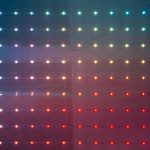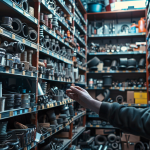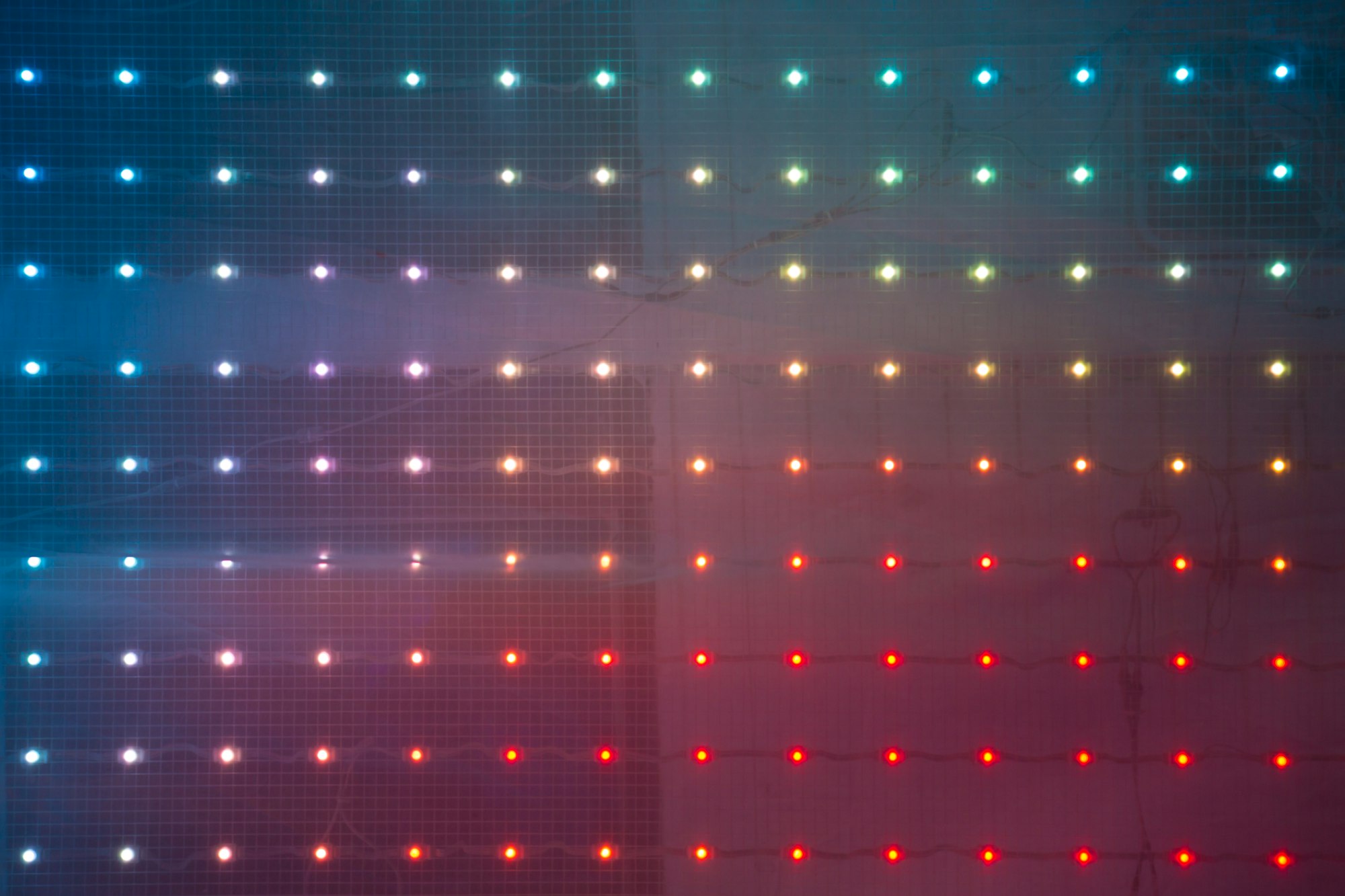Light boxes are essential tools for photographers, archivists, and enthusiasts who work with slides and negatives. These devices provide a uniform and bright light source, allowing for detailed inspection and accurate color assessment of photographic films. Whether for professional use or personal archiving, understanding the utility and features of light boxes can help you make an informed choice and enhance your workflow.
Utility of light boxes
Light boxes serve multiple purposes in the realm of photography and film archiving. A LED light pad is an also essential tool for artists and designers. The primary function is to provide a consistent and bright backlight, which is important for viewing slides and negatives. This backlighting makes it easier to see the details and colors in the film, aiding in tasks such as editing, selecting, and digitizing images.
Avez-vous vu cela : How Is Technology Enabling Remote Patient Monitoring for UK’s Chronic Disease Management?
In addition to viewing, light boxes are invaluable for the preservation and digitization of old photographs. By illuminating the negatives and slides clearly, they help identify any damage, fading, or imperfections that need attention. This is particularly useful for archivists and historians who need to assess the condition of photographic collections.
Key features of light boxes
When selecting a light box, several features are crucial to consider to ensure it meets your needs. The size of the light box is one of the first considerations. Light boxes come in various sizes, ranging from small, portable models to large desktop units. The size you choose should depend on the type and volume of film you work with. Larger light boxes allow for viewing multiple slides or larger negatives simultaneously, which can be more efficient for professionals.
A lire en complément : What’s the Potential of Fog Computing in Managing UK’s Urban IoT Networks?
Brightness and color temperature are equally important features. A good light box should offer adjustable brightness levels to accommodate different types of film and lighting conditions. Brightness is typically measured in lux, and higher values provide more intense illumination, which is necessary for detailed inspection. Color temperature, measured in Kelvins (K), affects how the colors in the film are perceived. A daylight-balanced color temperature (around 5000K to 6500K) is ideal as it offers a neutral light that closely resembles natural daylight, ensuring accurate color representation.
Durability and build quality
Durability and build quality are essential, especially for those who plan to use the light box regularly or transport it frequently. Light boxes made from robust materials such as aluminum or high-quality plastic tend to be more durable and can withstand the rigors of daily use. Additionally, the quality of the light source is important. LED light boxes are preferred due to their longevity, energy efficiency, and consistent performance. LEDs provide bright, even illumination without generating significant heat, which is crucial for prolonged use.
The design of the light box also contributes to its ease of use. Features such as a smooth, scratch-resistant surface ensure that the viewing area remains clear and free from damage. Some light boxes come with additional features like built-in rulers or grids, which can be helpful for precise alignment and measurement of film. Portability features, such as battery operation and lightweight construction, are beneficial for photographers who need to use the light box on location.
Additional features and considerations
Modern light boxes often come with advanced features that enhance their functionality. For instance, some models include adjustable stands or tilting mechanisms, allowing users to set the light box at a comfortable viewing angle. Another consideration is the compatibility of the light box with various accessories. For example, some light boxes are designed to work seamlessly with film holders, slide mounts, or even scanners, facilitating a smoother workflow from viewing to digitization.
In summary, light boxes are indispensable tools for anyone working with slides and negatives, providing essential illumination for viewing, editing, and digitizing photographic films. Understanding the key features, such as size, brightness, color temperature, durability, and additional functionalities, can help you select the right light box for your needs.











